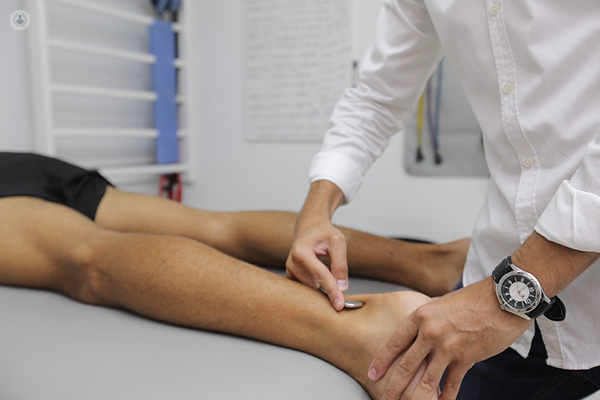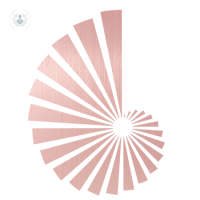Orthopaedic manual physical therapy
What is orthopaedic manual physiotherapy?
Orthopaedic manual therapy is a technique used in physiotherapy in which the therapist uses their hands to manually manipulate the patient’s nerves and muscles. It is designed to evaluate and treat neurological, cardio-respiratory and orthopaedic problems. It is based on clinical reasoning, available scientific and clinical evidence, and the bio-psycho-social approach of each patient. For this purpose, it uses very specific evaluation and treatment approaches with manual techniques and therapeutic exercises.
The objective is to recover the movement in injured joints, as well as to relieve joint pain, muscular pain, and improve the functionality of the individual.
Orthopaedic manual physiotherapy may be used in classic physiotherapy, sports medicine, and orthopaedic medicine, as well as in alternative medical practices, such as osteopathy and chiropractic.

Why is it done?
Manual orthopaedic physiotherapy is applied to the treatment of pain and other symptoms of neuro-musculoskeletal dysfunction. Benefits include:
- Relieving acute and chronic pain
- Relaxing muscles and breaking up scar tissue
- Increasing joint movement beyond restricted range of motion
- Reducing painful muscle spasms
What does it consist of?
Orthopaedic manual physiotherapy is based on a comprehensive evaluation of the patient's joints, muscles and nervous system, and how they relate to any functional limitation.
The intervention procedures of orthopaedic manual physiotherapy include many techniques, among which there are:
- Slow joint mobilisation
- Joint manipulation
- Muscle stretch
- Functional massage (with joint movement)
- Mobilisation of the nervous system
- Passive stabilisation
- Active stabilisation
- Exercises designed to improve endurance, strength, and muscle coordination
- Exercises to improve the general situation of the patient
It should be noted that an important part of manual orthopaedic physiotherapy is self-treatment by the patient. This will be based on therapeutic strategies that will be indicated and recommended by the specialist, so that the patient manages their functional and health status.
Preparation for orthopaedic manual physiotherapy
Prior to orthopaedic manual physiotherapy interventions, an evaluation will be performed to determine if manual physiotherapy is appropriate for the patient and, if so, the best treatment plan for them.
Care after the intervention
After orthopaedic manual physiotherapy intervention, no special care is necessary. However, the patient may experience fatigue and perhaps some pain or discomfort in the treated area. In that case, the specialist will recommend solutions to calm the patient down.
If the pain gets exaggerated, one should consult with a specialist immediately to rule out possible complications or injuries.






